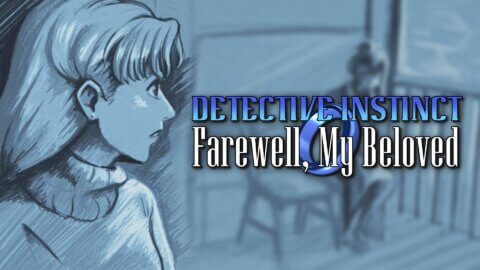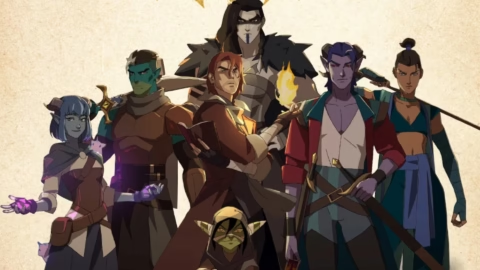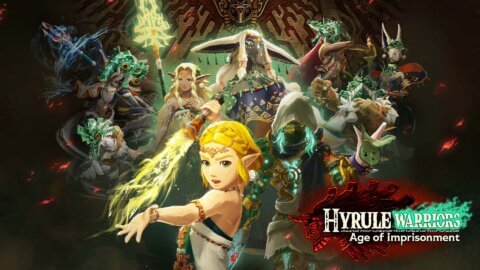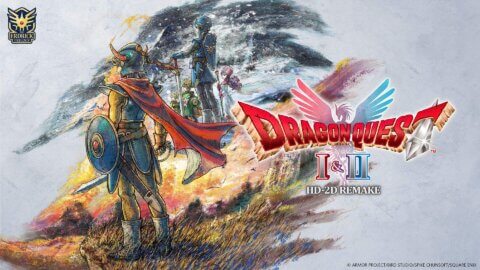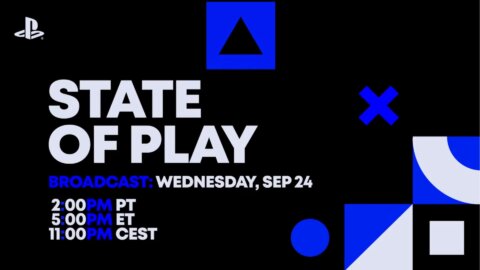After years of silence and uncertainty, we’ve entered what feels like a true Silent Hill resurgence. We had the Silent Hill 2 Remake last year, there’s a new Silent Hill movie on the way, as well as a remake of the original game in development. And now we have Silent Hill f, a completely new entry that dares to take the series in bold new directions. For longtime fans like me, there’s never been a better time to be into this franchise.
But Silent Hill f isn’t just another return. For me, it’s become my personal favorite Silent Hill game, a statement I don’t make lightly. It’s fresh yet familiar, terrifying yet beautiful, and it proves that the series still has room to evolve without losing what made it special in the first place.
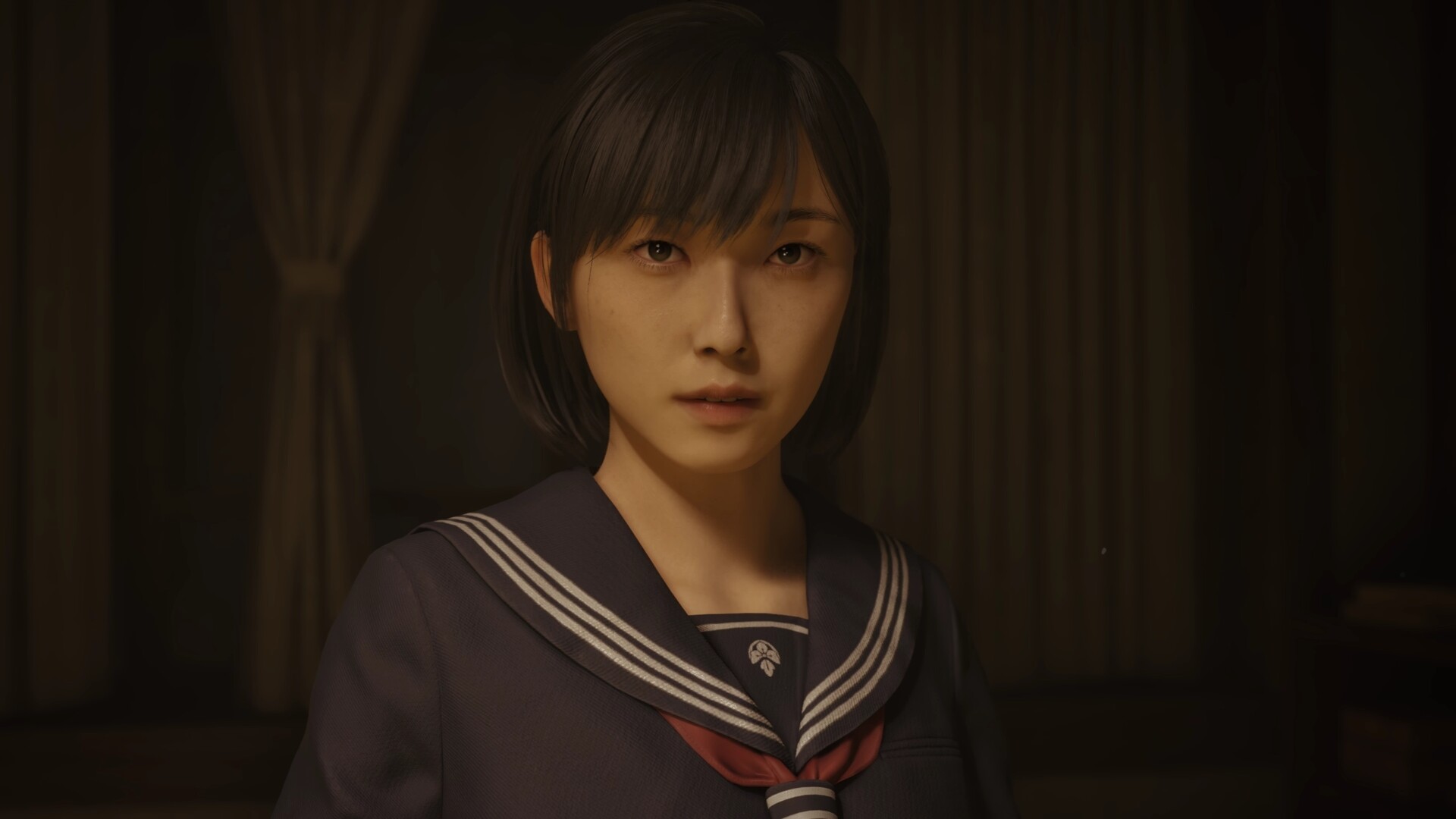
When Silent Hill f was first revealed back in 2022, I was instantly hooked. The trailer alone left me buzzing with curiosity. The setting was unlike anything the franchise had done before, 1960s Japan, in a quiet rural town called Ebisugaoka. As someone fascinated by Japanese culture, folklore, and history, I was immediately intrigued. And when I learned that Ryukishi07, the writer behind the legendary Higurashi and Umineko visual novels, was penning the story, I knew we were in for something special.
Ryukishi07’s work has always been about peeling back layers of mystery and trauma, using horror as a lens for human suffering and emotion. The idea of that writing sensibility meeting the psychological weight of Silent Hill was irresistible. Thankfully, that collaboration pays off here in every possible way. Silent Hill f isn’t just a new setting, it’s a reimagining of what this series can be.
The game begins quietly enough. You play as Hinako, a high school girl who’s seemingly just had a falling out with her parents. Seeking comfort, she heads into town to meet her friends Shu, Rinko, and Sakuko at a local convenience store. But from the moment you step into the village, something’s off. The streets are empty. The air feels wrong. And then the fog rolls in.
It’s classic Silent Hill atmosphere, but what follows feels deeply tied to Japanese myth and spirituality. As the fog thickens and strange, floral monsters begin to appear, it becomes clear that Ebisugaoka is cursed plagued by something mysterious and sinister.
Throughout the story, Hinako’s reality splits between two worlds, the town of Ebisugaoka and the haunting Dark Shrine, a twisted reflection filled with ancient architecture, darkness, and a fox-masked man who serves as your mysterious guide. You’re never sure if he’s an ally or a threat, and that tension keeps you on edge the entire game.
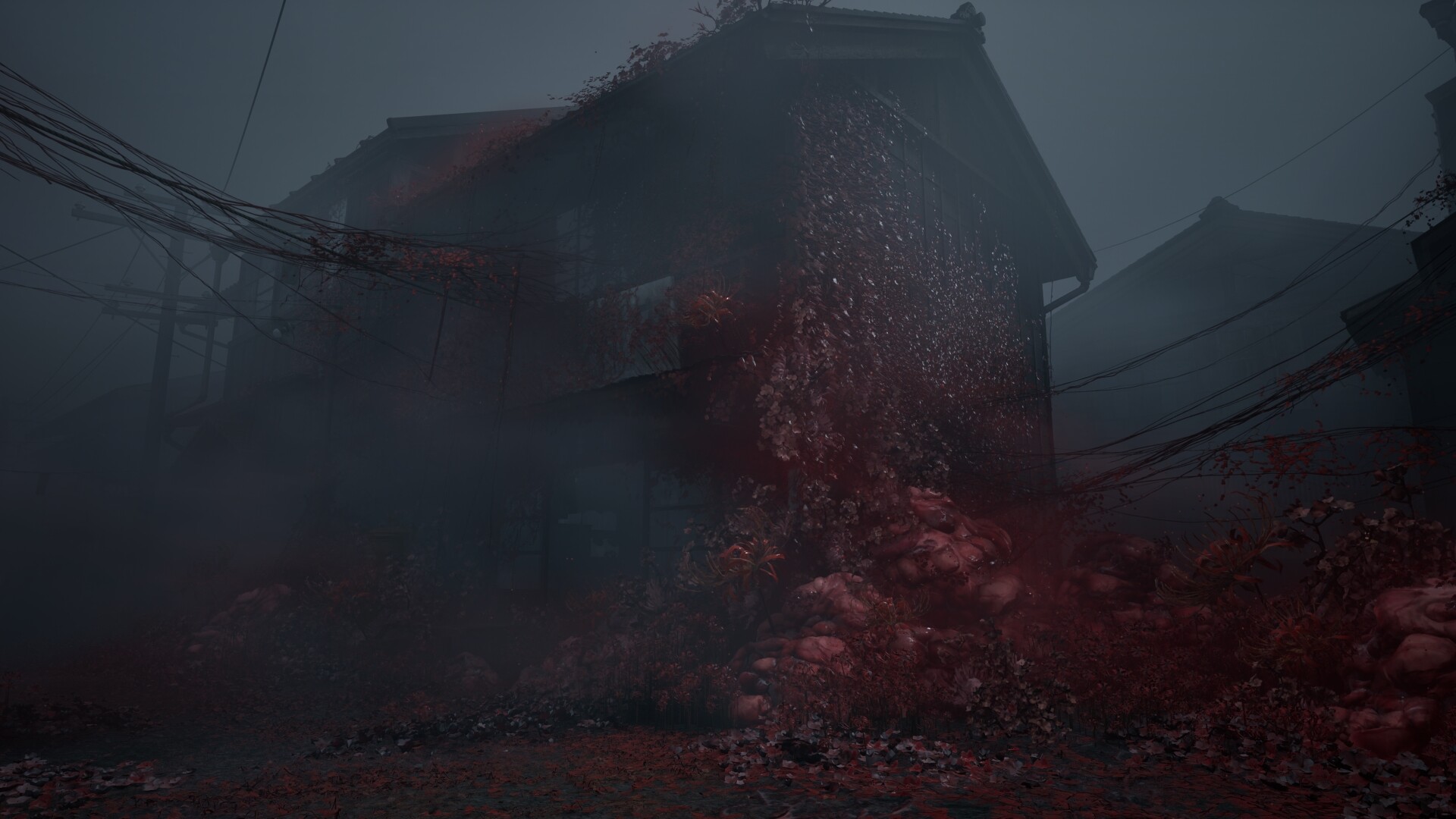
The writing is incredible. Ryukishi07’s touch is unmistakable, you can feel the same storytelling DNA that powered Higurashi’s paranoia and Umineko’s layered mysteries. Through collectible letters, diaries, and newspaper clippings, you gradually uncover the truth about the town, its dark roots, and learn more about the darkness that’s cursed it. Much of the story’s richness comes from these fragments. Reading them is essential not only to understand what’s going on, but to emotionally connect with the characters and their guilt, grief, and delusions. The narrative doesn’t just tell you what happened, it asks you to investigate, to question, to interpret. By the time you hit the credits the first time, you realise you’ve only scratched the surface.
What surprised me most about Silent Hill f is how beautiful it is, even amidst all the horror. Ebisugaoka’s design captures the eerie calm of 1960s Japan perfectly, narrow streets lined with paper lanterns, aging woodwork, shrines wrapped in ivy, fog curling around power lines. And then there’s the curse, represented by a spreading bloom of crimson and white flowers that take over everything they touch.
It’s grotesque and mesmerizing all at once. The flowers are a symbol of decay and rebirth, growing from corpses, consuming buildings, wrapping around Hinako’s own skin in moments of terror. They’re reminders that horror can also be strangely beautiful.
The same applies to the monsters. Kera’s creature designs are stunning in that uncomfortable, uncanny way. Their movements are wrong, shuddering, twitching, occasionally graceful, like marionettes pulled by invisible strings. They wear tattered clothing, fragments of old ceremonial masks, and always those flashes of vibrant floral color that offset the rotting flesh and tendrils. It’s body horror filtered through folklore, and it’s very striking. Even after several playthroughs, I still found myself stopping just to stare at how this game presents its world.
Mechanically, Silent Hill f delivers everything I want from survival horror. Scarce resources. Scary encounters. Tight spaces. Every encounter is tense. Every save point feels like a small victory when you’re really in need of one.
The first major shake-up Silent Hill f introduces is, there are no guns. All of your weapons are melee based. Pipes, sickles, wooden bats etc. They degrade over time and eventually break, forcing you to constantly scavenge for replacements. It adds real urgency to combat decisions. Sometimes, running away is the smartest move, and the game makes that a valid and rewarding option.
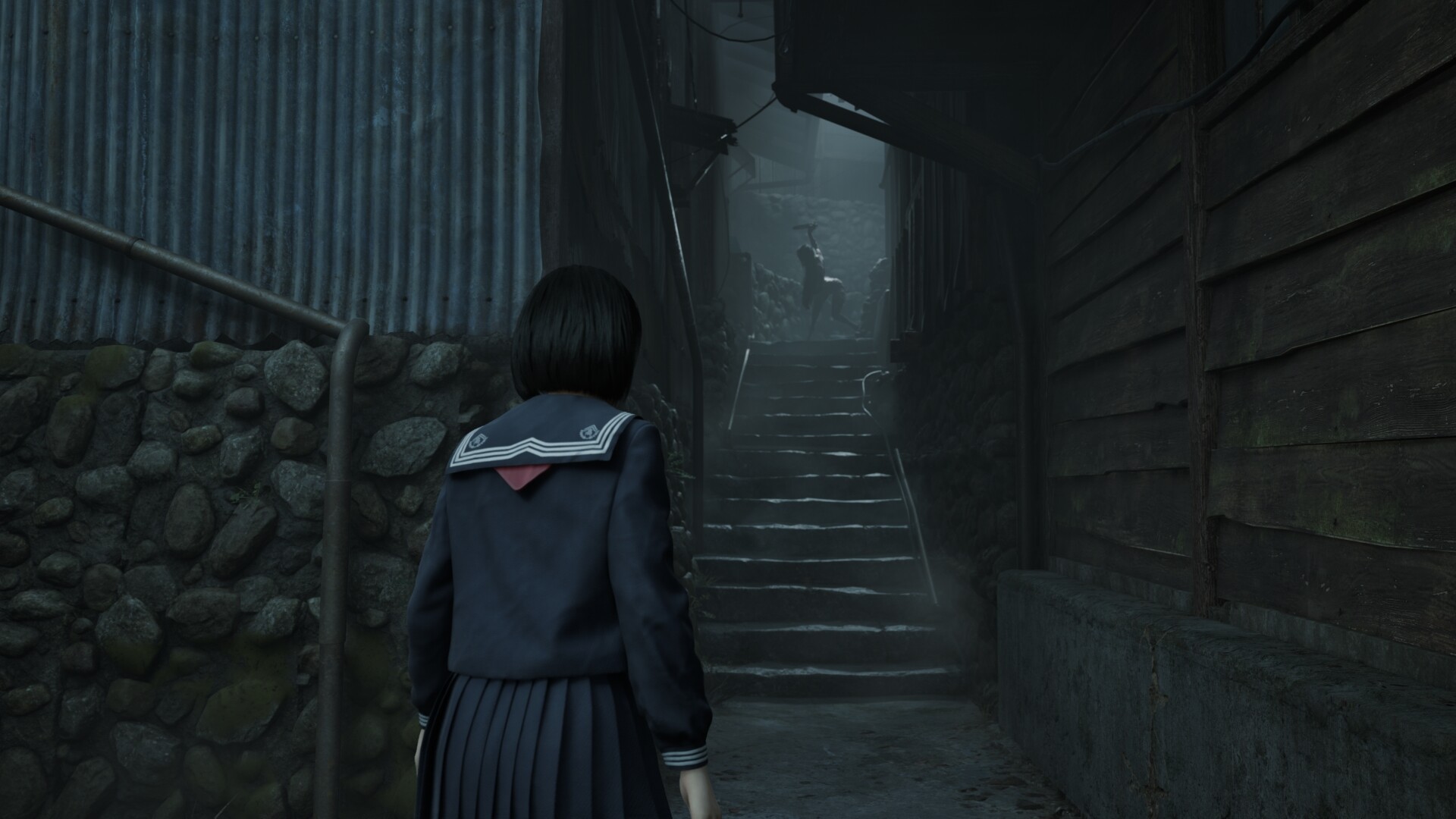
Exploration is the heart of Silent Hill f. Straying from the main path rewards you with vital resources, healing items, offerings to use at Hokora save points, and Ema boards that tie into the faith based upgrade system. The more faith you earn through offerings, the more you can improve your abilities, which adds a light RPG flavor without feeling out of place.
But what really pulled me through wasn’t the loot, it was the story fragments. The documents, articles, and journals you find don’t just fill in backstory, they reshape your understanding of everything. Ryukishi07’s background in mystery writing shines here. By the time I finished piecing together the connections between certain characters and events, I realised how much of the emotional core of the story existed in these small, optional details.
I’ve always loved how classic Silent Hill games handled puzzles, and Silent Hill f continues that proud tradition. They’re not just about finding a key and opening the door, they’re riddles steeped in the world’s culture and logic. You’ll often find clues in one location that only make sense several scenes later.
What I appreciated most is that the game never insults your intelligence. It doesn’t throw up big glowing markers or hand-hold you through solutions and progression. Instead, it offers subtle guidance, a new enemy appearing, a door now open that was closed before, a chime when you’re on the right path etc. The satisfaction of finally solving a tough puzzle feels earned, not given.
On top of that, Silent Hill f lets you adjust combat and puzzle difficulty independently, which is genius. You can focus on the kind of challenge you want. The higher puzzle difficulties don’t just reduce hints, they change clues and solutions entirely. That means playing on Story Mode first doesn’t give you an advantage when you tackle the Lost in the Fog difficulty later. It’s a clever way to make multiple playthroughs genuinely fresh.
If you play Silent Hill f once and roll credits, you’ve seen quite little of what the story offers. There are five different endings, and the first one comes abruptly, leaving you with more questions than answers. I could see some players being frustrated by that, but it’s actually one of my favorite things about the game.
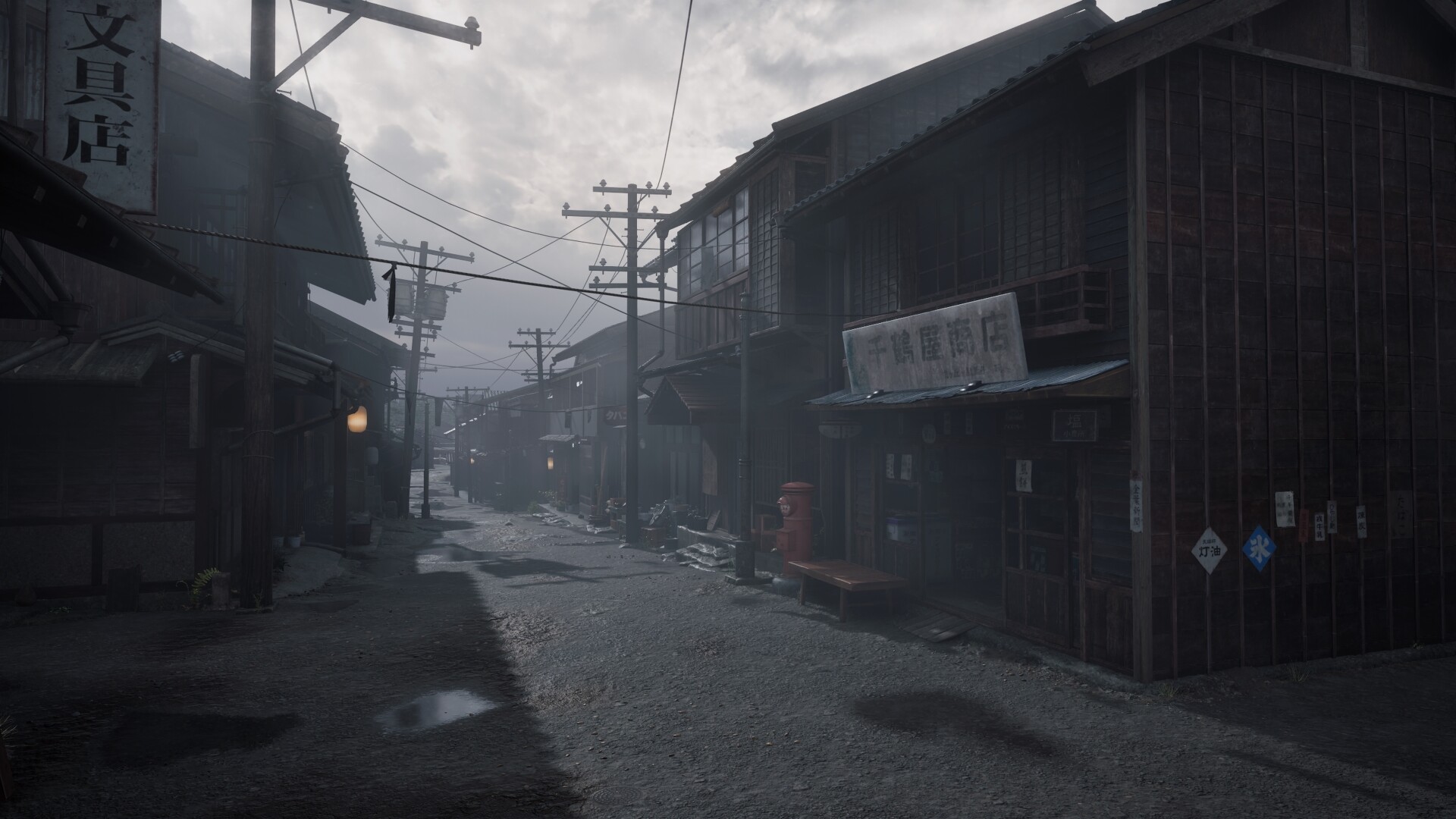
Each new playthrough, New Game+, New Game++, adds new lore documents, alternate cutscenes, different enemy placements, and even new bosses. Some puzzles are reworked entirely, with fresh solutions. By the time I was on my third run, I was seeing completely new story threads, characters recontextualised, and events that reframed my understanding of everything that had come before.
This design philosophy feels straight out of Ryukishi07’s visual novels, where the “true” ending is something you earn only by revisiting the story multiple times, playing through each route and analysing its contradictions. It’s ambitious for a AAA horror title, and it absolutely works.
On PS5, Silent Hill f looks and runs great. It’s built in Unreal Engine 5, and while that can sometimes mean technical hiccups, I didn’t encounter any. Frame rate was smooth throughout, even in the fog-heavy areas, and I didn’t notice any of the stuttering issues other UE5 games have struggled with.
Textures are crisp, lighting is moody and dramatic, and the fog feels truly alive, it moves and breathes with the world. The contrast between natural environments and the warped Dark Shrine areas is striking. It’s visually impressive all around.
And then there’s the sound design, which is nothing short of brilliant. You hear the faint clinking of metal from distant enemies, the creak of old wood, the voices trying to disturb you through paper doors. Sometimes the PS5 controller itself becomes part of the experience, radio static hissing from the speaker, subtle rumbles that sync with heartbeat sounds. It all builds an atmosphere of pure unease.
I’ve played almost every Silent Hill game, and while each has its own flavor of dread, Silent Hill f might be the one that lingers with me the most. It’s not just jump scares (though there are some great ones, and not always where you expect them). It’s the tone. The feeling that the world itself is sick, and that characters are hiding much more beneath the surface than they’re letting on.
Every monster encounter feels personal. Every space feels haunted not by ghosts, but by guilt and regret. And yet, amidst the grotesque imagery, there’s always a strange undercurrent of empathy, like the game is mourning its monsters rather than mocking them. That emotional complexity is what makes Silent Hill f feel like such a natural evolution for the series.
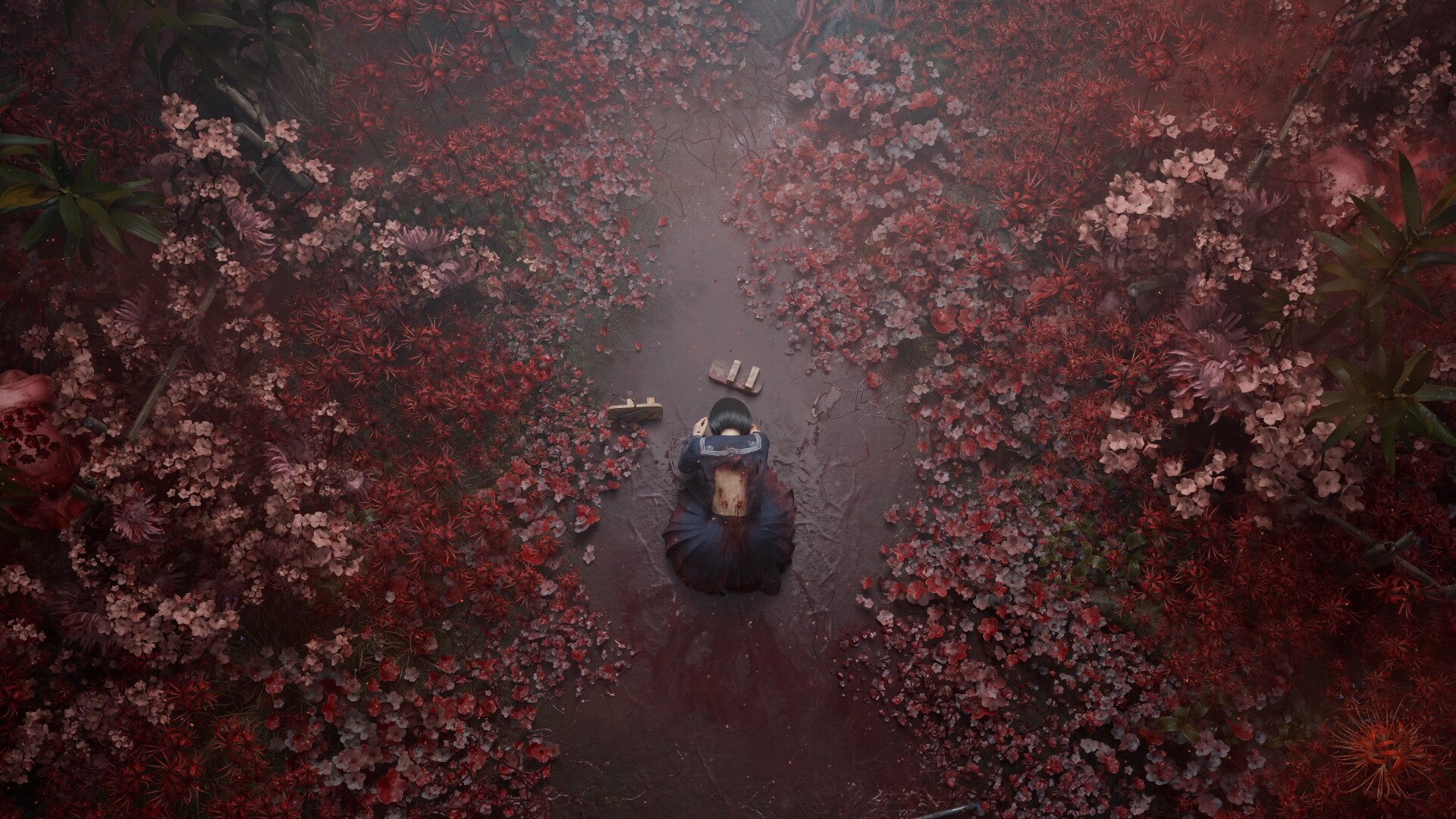
Final Thoughts
When Silent Hill f was first announced, there were plenty of skeptics. Some fans worried that moving the setting outside the titular town would make it lose that distinct identity, that the “Silent Hill-ness” couldn’t exist without the American suburb, the foggy streets, the familiar sirens.
But after playing it through (multiple times), I can confidently say, those fears were unfounded. Silent Hill f captures the spirit of Silent Hill better than anything since Silent Hill 3. It’s deeply psychological, culturally rich, and emotionally devastating. It’s proof that horror doesn’t need to stay in one place, it just needs to stay honest about what it’s exploring.
Ryukishi07’s storytelling, Kera’s unforgettable monster designs, and the game’s willingness to challenge its players all come together to create something that feels both reverent and new. For me, Silent Hill f isn’t just the best new Silent Hill game, it’s a masterclass in Japanese horror, world-building, and narrative design. It’s chilling, thoughtful, and heartbreakingly beautiful. If this is the direction the franchise is heading, then the fog has never looked brighter.
A PS5 review code was provided by the publisher for the purpose of this review.
If you want to see more content like this and never miss one of our frequent gaming and anime giveaways come and Follow Ani-Game on Twitter.
9.5
- + A horrific, yet beautiful world
- + Ryukishi07’s great worldbuilding and mystery storytelling
- + Great visual fidelity and performance
- + Thought provoking puzzle design
